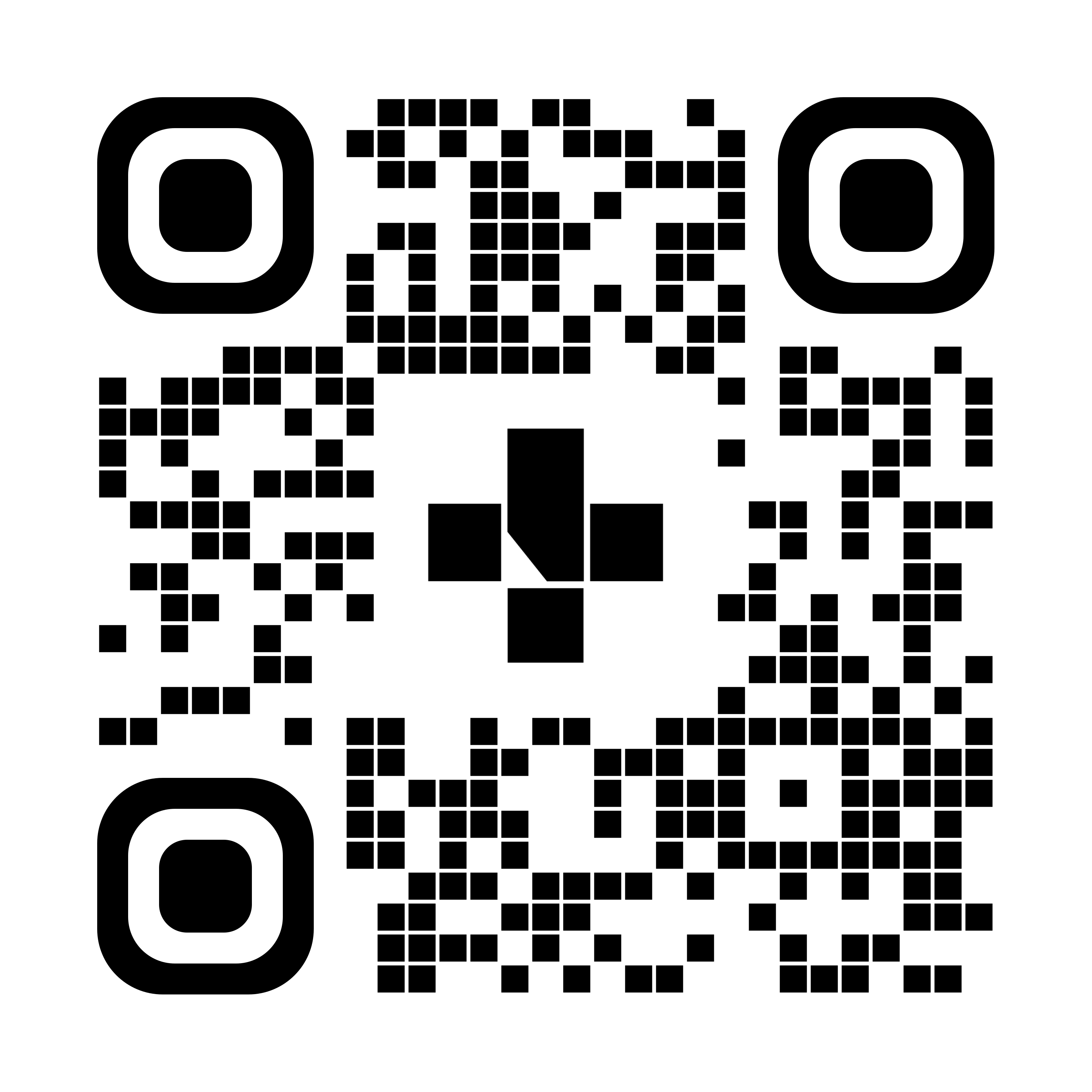Isolation Precautions for Adult Patients
Airborne isolation precautions
What are airborne precautions?
Airborne precautions are steps that healthcare facility visitors and staff need to follow when going into or leaving a patient’s room. Airborne precautions are for patients who have germs that can spread through the air. They help stop germs from spreading so other people don’t get sick.
How do I know if a patient is on airborne precautions?
There will be a sign at the door. It tells healthcare facility visitors and staff what they need to do before going into the patient’s room and when they leave the room.
What should I do before visiting a patient on airborne precautions?
Speak to a nurse before your first visit and before you bring children. There may be limits on who can visit the patient.
When a patient is on airborne precautions, there are certain situations where you may be required to leave the room.
What should I do before I go into the patient’s room?
- Clean your hands with soap and water or hand sanitizer (alcohol-based hand rub).
- Put on an air-filtration mask, which is also called an N95 respirator. Ask a nurse to help you put on the mask, check its fit, and take it off properly.
- Enter the room and close the door.
If you wear religious or cultural head coverings, find tips for wearing a mask.
What should I do when I leave the patient’s room?
- Clean your hands.
- Leave the patient’s room. Close the door behind you.
- Take off the mask the way the nurse showed you and put it in the garbage. Don’t touch the front of the mask. Don’t wear the mask in other areas of the healthcare facility.
- Clean your hands again.
Can a patient on airborne precautions leave their room?
A patient on airborne precautions may leave their room only if necessary (for example, to go for a medical test). They must wear a mask at all times when they’re out of their room.
How else can I stop germs from spreading?
- Don’t visit a patient in a healthcare facility if you have a fever, cold, or diarrhea.
- Don’t visit if you have recently been around someone with a contagious disease (this means a disease others can catch, such as chickenpox or the flu).
- Use public washrooms at the healthcare facility. Don’t use the patient’s washroom.
- Talk to a healthcare provider if you have questions about how to stop germs from spreading.
To see this information online and learn more, visit MyHealth.Alberta.ca/health/pages/conditions.aspx?Hwid=custom.ab_isolation_airborne_inst_adult.

Related to Airborne Isolation Precautions
For 24/7 nurse advice and general health information call Health Link at 811.
Current as of: August 18, 2025
Author: Infection Prevention and Control, Alberta Health Services
This material is not a substitute for the advice of a qualified health professional. This material is intended for general information only and is provided on an "as is", "where is" basis. Although reasonable efforts were made to confirm the accuracy of the information, Alberta Health Services does not make any representation or warranty, express, implied or statutory, as to the accuracy, reliability, completeness, applicability or fitness for a particular purpose of such information. Alberta Health Services expressly disclaims all liability for the use of these materials, and for any claims, actions, demands or suits arising from such use.
